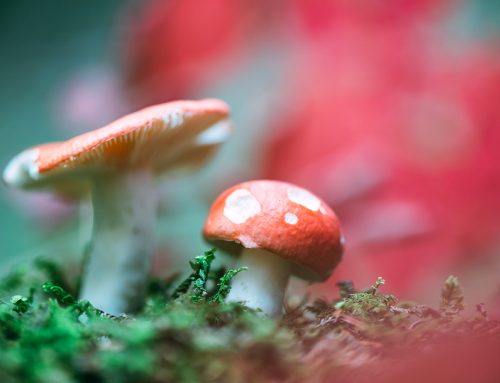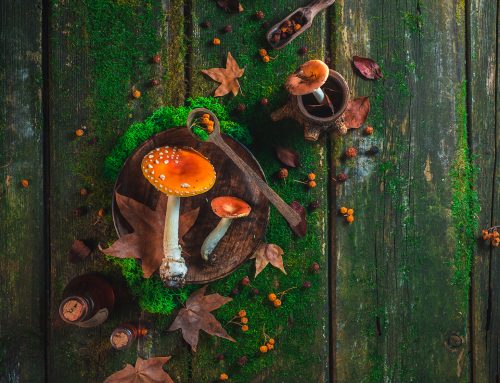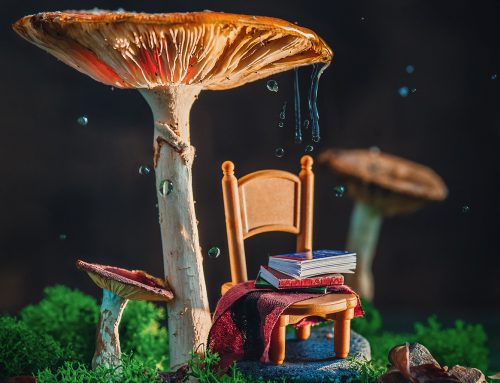Scientists are exploring new ways to produce psilocybin
With psilocybin on the cusp of becoming a clinically validated and approved medicine, scientists are exploring new ways to produce the chemical without needing to grow magic mushrooms or relying on costly synthesis techniques. A team of Danish researchers has presented a novel method of producing the psychedelic chemical using common yeast.
“It’s infeasible and way too expensive to extract psilocybin from magic mushrooms and the best chemical synthesis methods require expensive and difficult-to-source starting substrates,” explains Nick Milne, an author on the new study published in the journal Metabolic Engineering. “Thus, there is a need to bring down the cost of production and to provide a more consistent supply chain.”
If psilocybin research continues down the path it is currently on, there will be a great need for large-scale production in the coming years. It is not commercially viable to extract the chemical from magic mushrooms, but as Milne and his team suggest in their study, current synthesis methods are not ideal either.
A compelling implication of this new study is the ability to synthesize particles that are produced in psilocybin-containing mushrooms but generally found in such low levels that they have been too difficult to purify and study until now. This would allow new research into clinical outcomes for molecules that may offer entirely undiscovered therapeutic pathways.
Even more intriguingly, Milne says the technique could potentially result in the production of entirely novel molecules that don’t occur naturally.
Read the full article at NewAtlas






